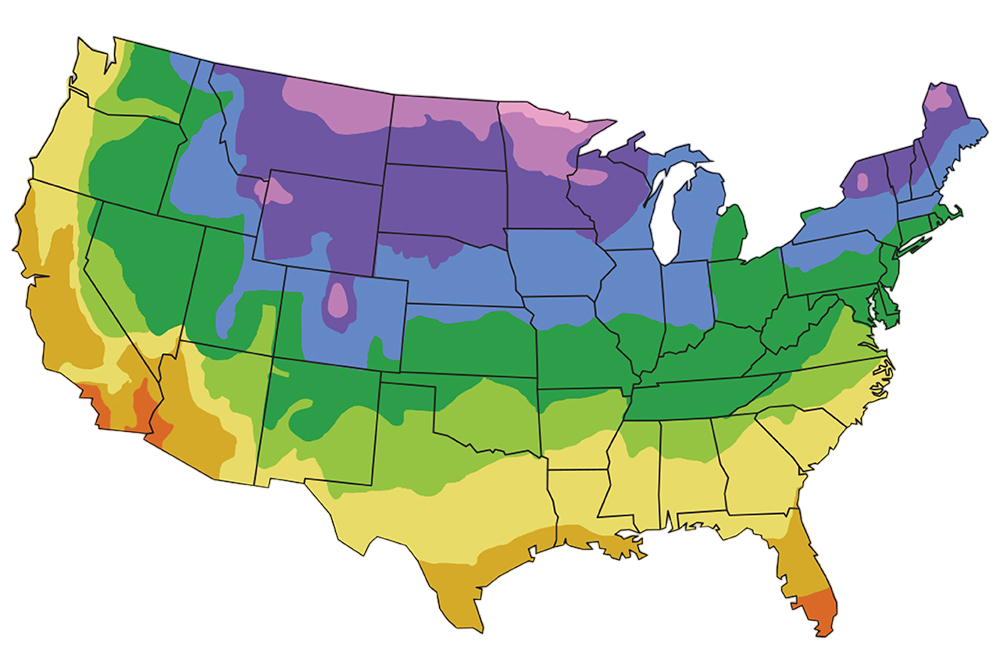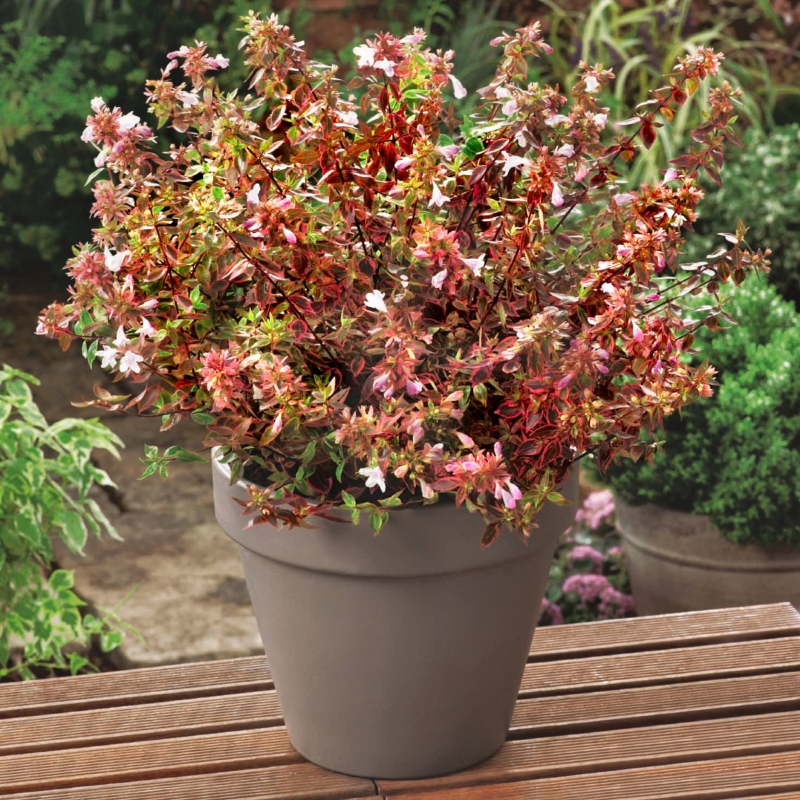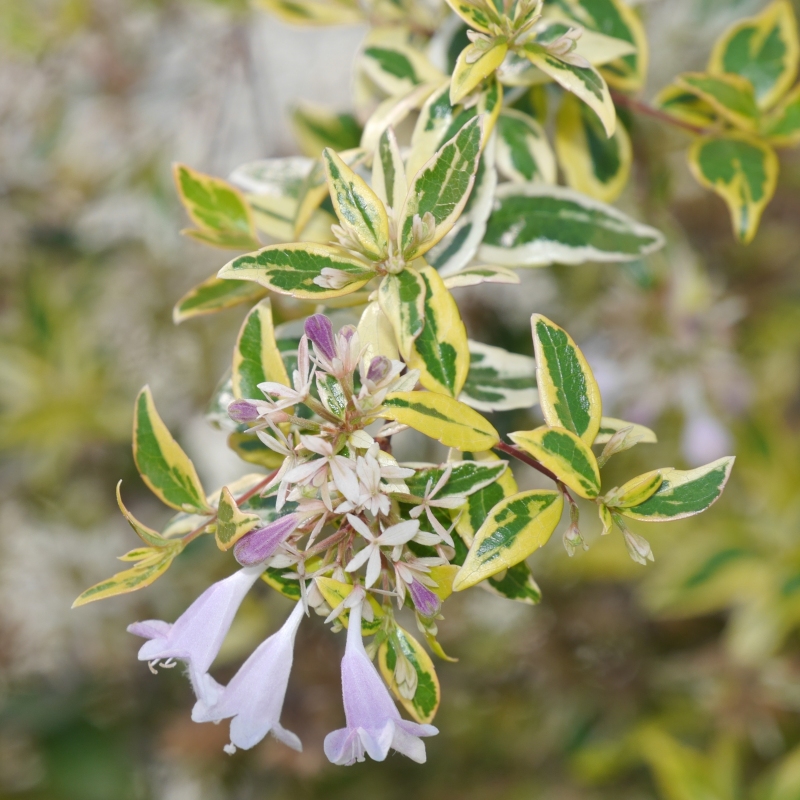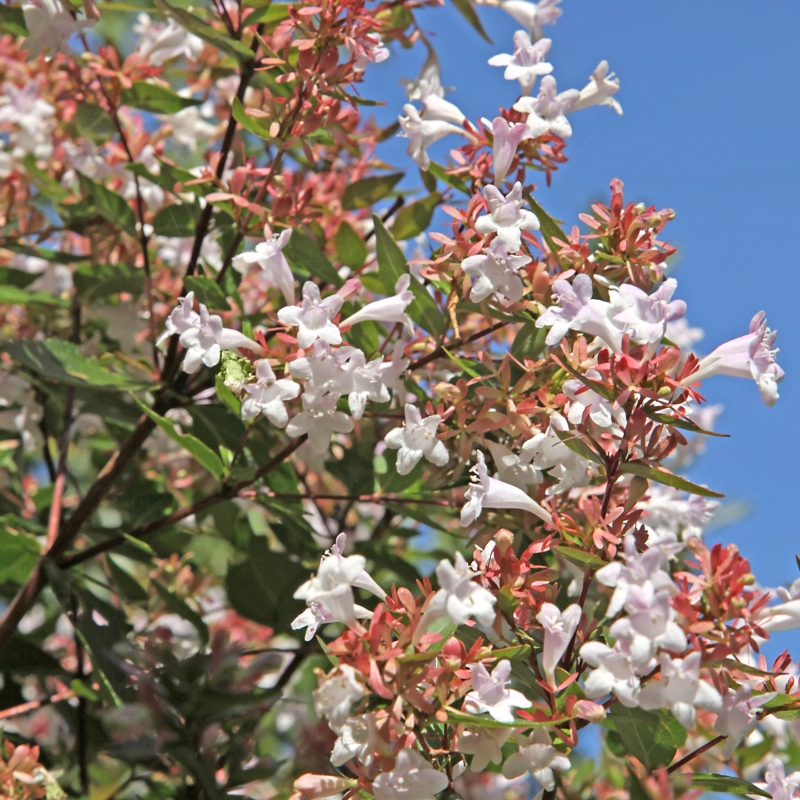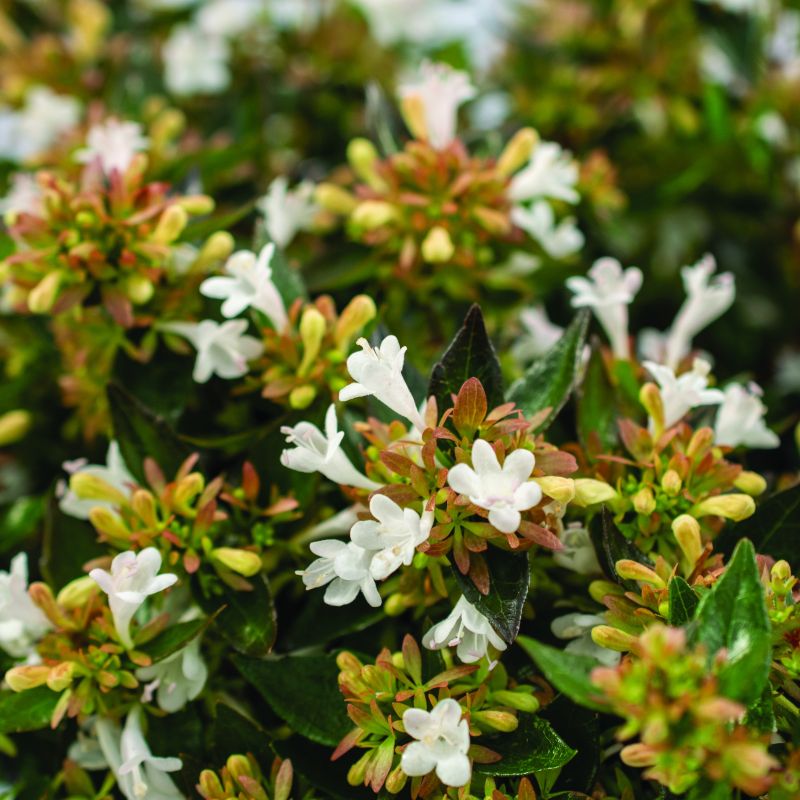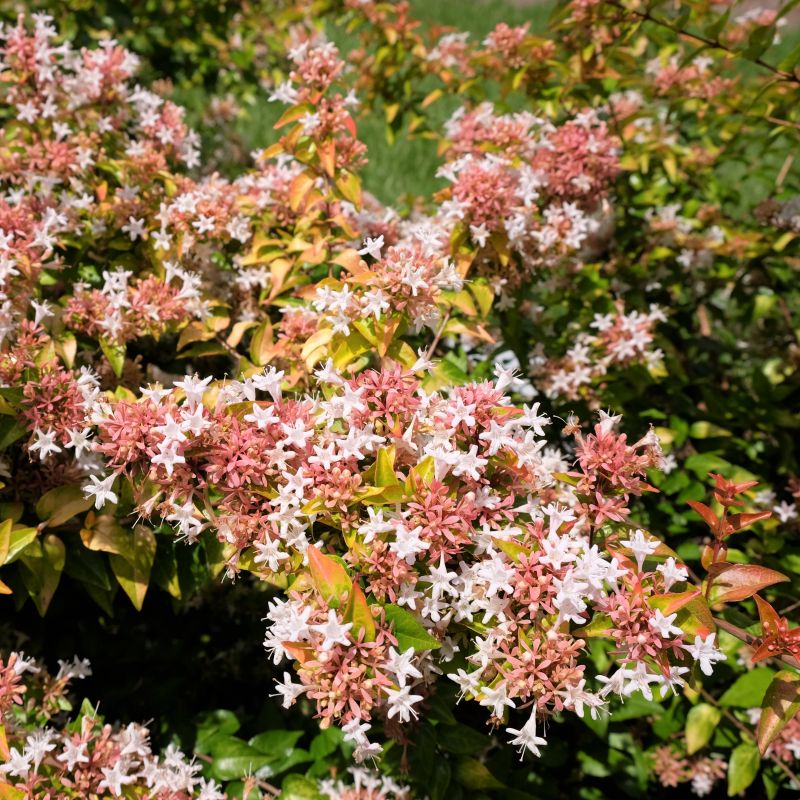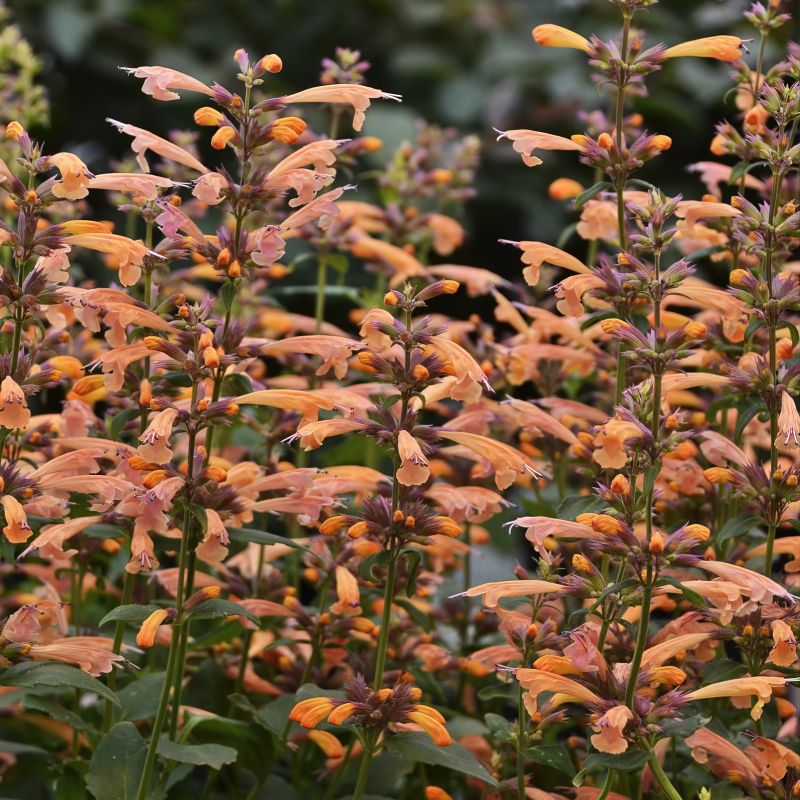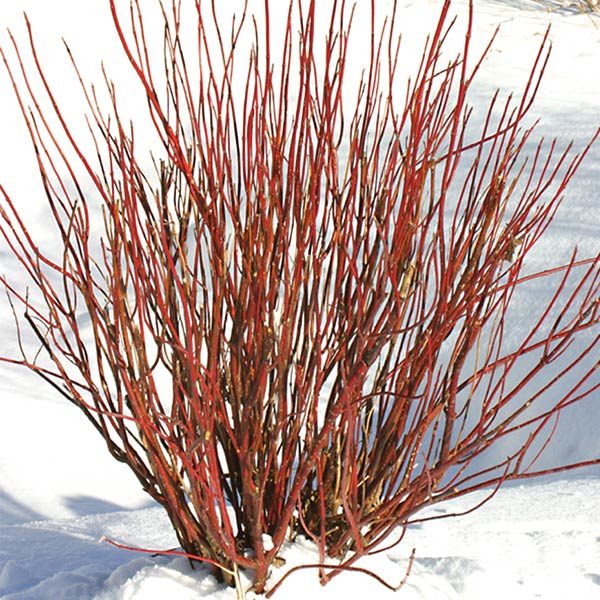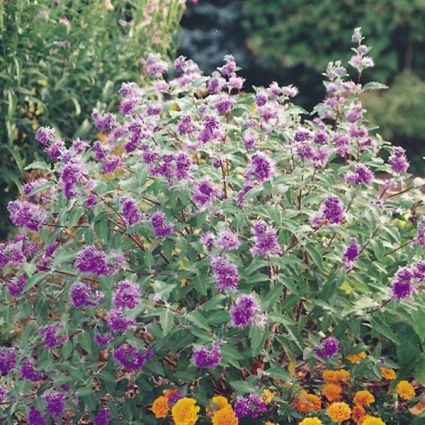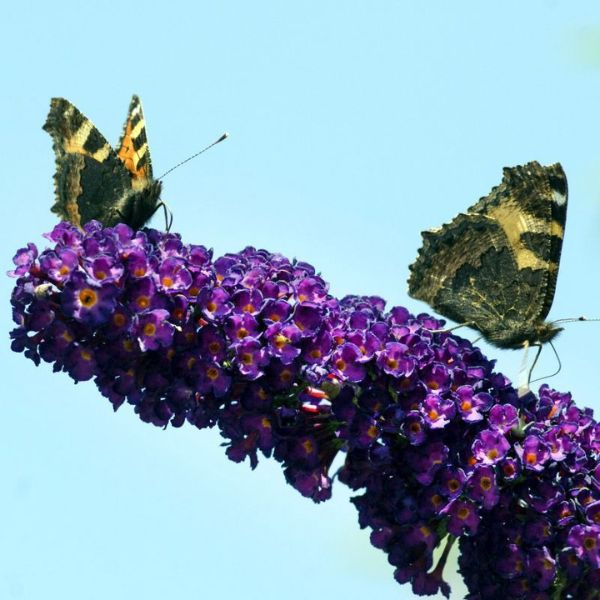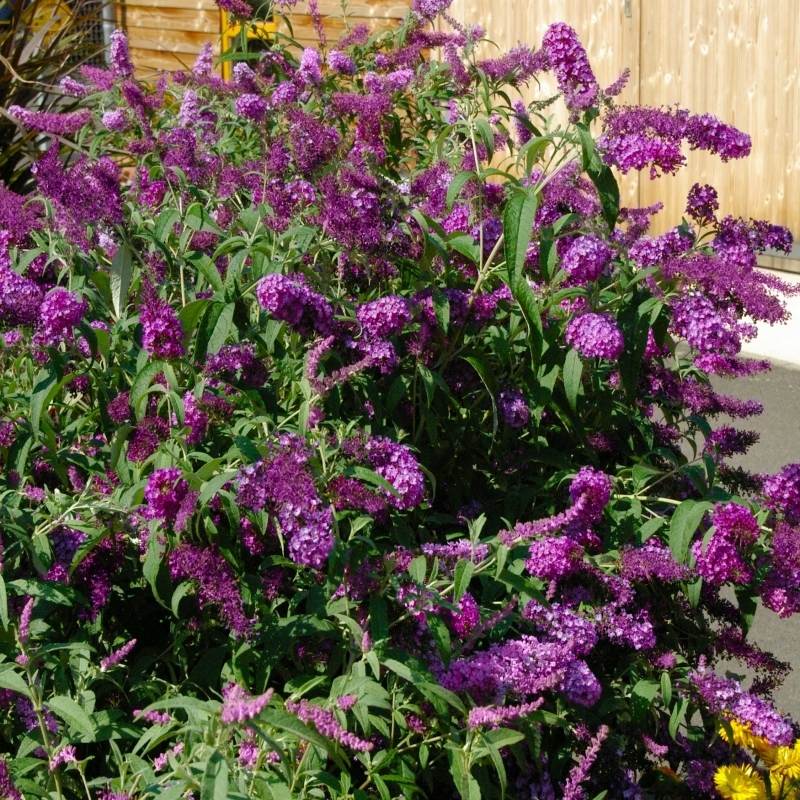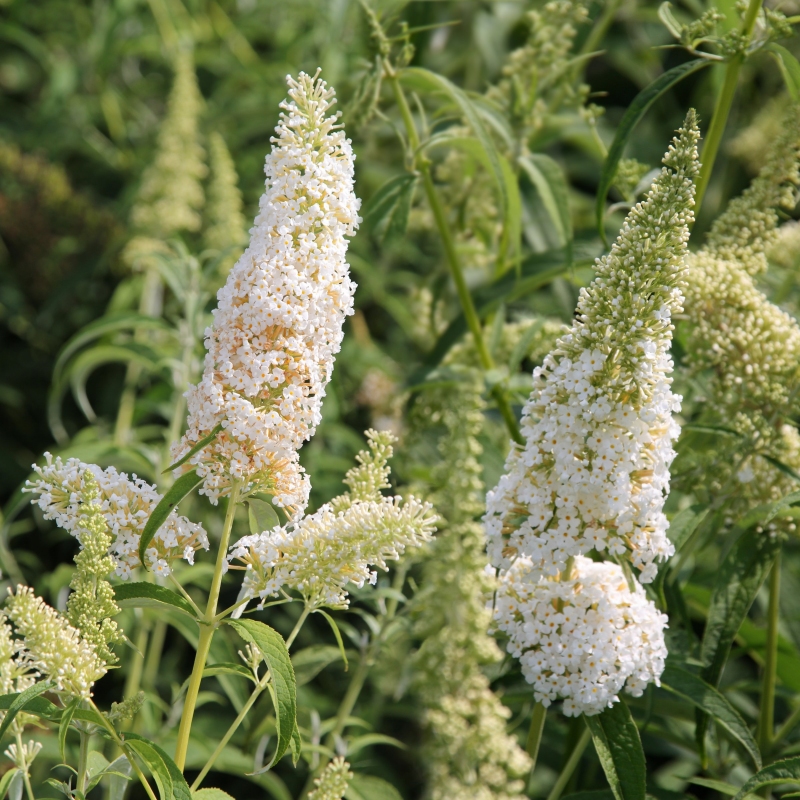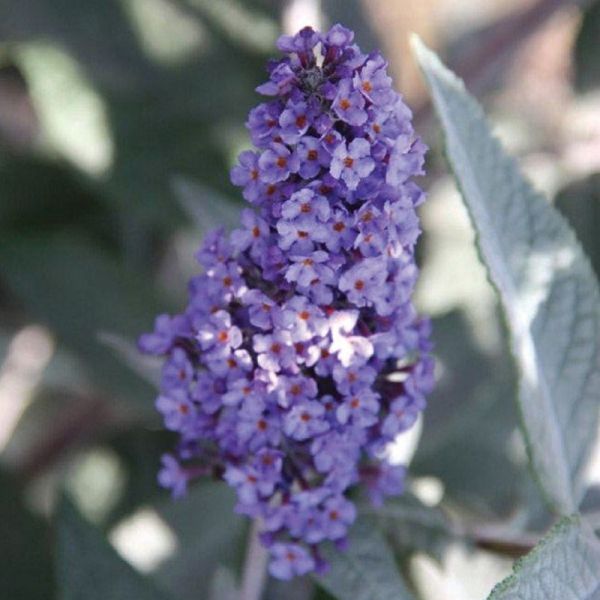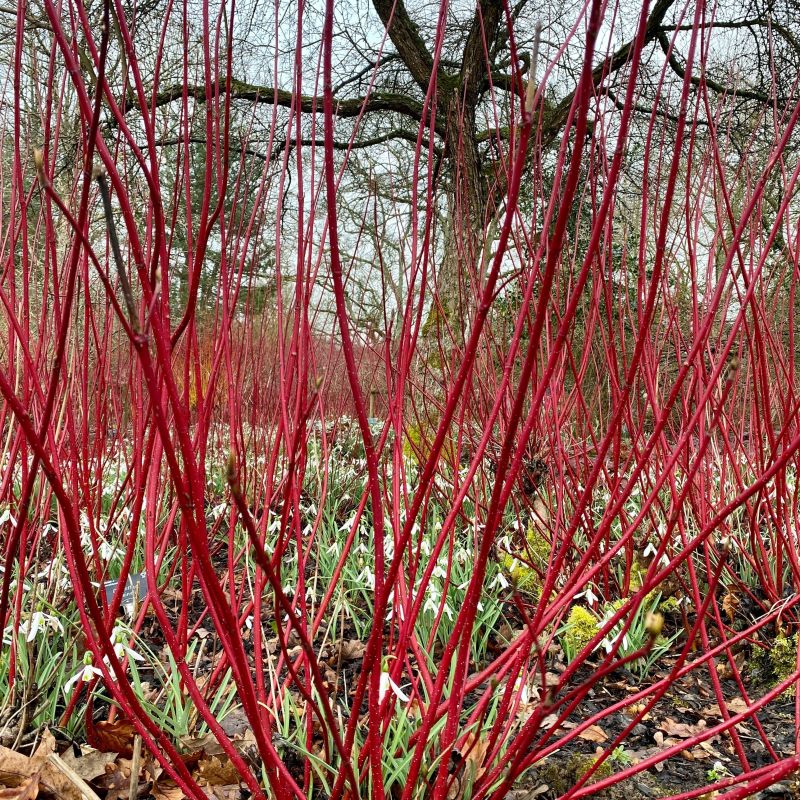

Cayenne Dogwood
Cornus amomum 'Cayenne'
7 reviews
Cayenne Dogwood
Cornus amomum 'Cayenne'
7 reviews
- Beautiful red and green foliage adds a pop of color to any garden
- Tolerates a variety of soil types and conditions
- Attracts birds and butterflies to your yard
- Recommended by landscape designers for optimal fit in real yards
$76.00
$109.00
30% Off
- Ships to 43215 in 3 to 7 days
- Free Shipping Over $150
- Plant Arrival Guarantee
- In Stock
- Free Plant Consult
$200 - Landscape-Approved: Every Plant We Sell Comes With Design Expertise Behind It
2.5 Gallon
Not just beautiful - intentionally selected by ShrubHub's 3D landscape design team to fit real-world spaces and maximize yard potential.
Why Cayenne Dogwood?
Cayenne Dogwood, also known as Cornus amomum 'Cayenne', is a stunning ornamental shrub that features bright red stems in winter and clusters of white flowers in spring. Its vibrant red color adds interest to the winter landscape, and its berries provide food for wildlife. This native plant is easy to grow, making it a popular choice for gardens and natural areas.
People who loved this plant also bought
Sunlight
Cayenne Dogwood thrives in full sun to partial shade, requiring at least 6 hours of sunlight each day for optimal growth and flowering. However, it can tolerate some shade but may result in fewer blooms. Adequate sunlight is essential for its overall healt
Watering
Cayenne Dogwood plants require consistent watering, especially during the hot summer months. It is important to keep the soil consistently moist but not waterlogged. Water deeply once or twice a week, depending on weather conditions, to promote healthy gro
Fertilizing
Cayenne Dogwood plants benefit from a balanced fertilizer with a ratio of 10-10-10 or 20-20-20. Fertilize in early spring before new growth begins and again in mid-summer. Avoid over-fertilizing as it can lead to excessive foliage growth at the expense of
Cayenne Dogwood (Cornus amomum 'Cayenne')
The Cayenne Dogwood, also known as Cornus amomum 'Cayenne', is a beautiful deciduous shrub that adds color and interest to any landscape. This dogwood features striking variegated leaves that are green with creamy white margins, creating a lovely contrast in any garden setting.
Features:
- Variegated green and white leaves
- Red stems add winter interest
- Clusters of white flowers in spring
- Red berries in the fall that attract birds
- Tolerant of wet soil conditions
Size and Care:
The Cayenne Dogwood typically grows to be 6-8 feet tall and wide, making it an ideal choice for borders, hedges, or as a standalone specimen. This plant thrives in partial to full sun and prefers moist, well-drained soil. Prune as needed in late winter to maintain shape and encourage new growth.
Planting Tips:
- Plant in a location with well-draining soil
- Water regularly, especially during hot and dry periods
- Apply a layer of mulch around the base of the plant to retain moisture
- Fertilize in spring with a slow-release fertilizer formulated for flowering shrubs
Bring vibrant color and texture to your garden with the stunning Cayenne Dogwood. Whether used as a focal point or as part of a mixed border, this shrub is sure to impress with its year-round beauty.
Plant Information:
| Botanical Name: | Cornus amomum 'Cayenne' |
| USDA Zones: | 4 - 9 |
| Water: | Green |
| Exposure: | Full Sun |
| Soil Needs: | Widely Adaptable |
| Mature Height: | 6 - 8 feet |
| Mature Spread: | 8 - 10 feet |
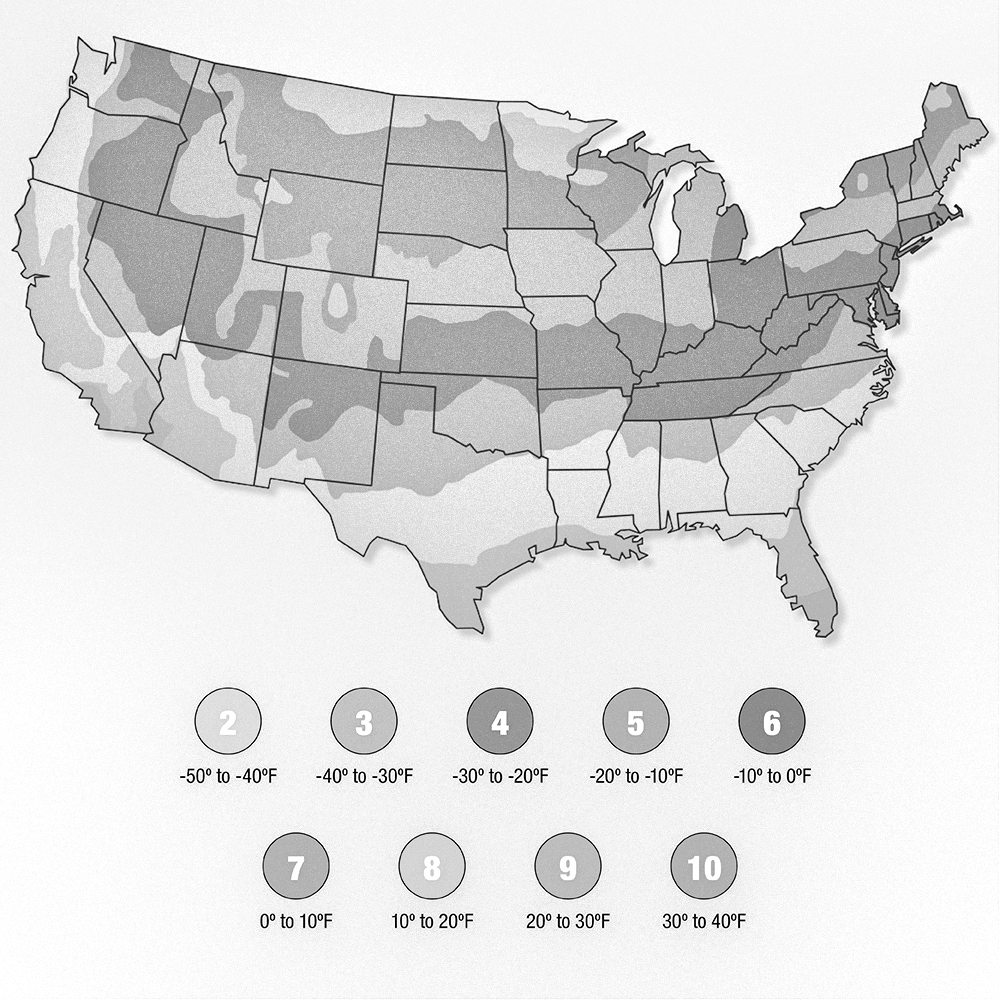
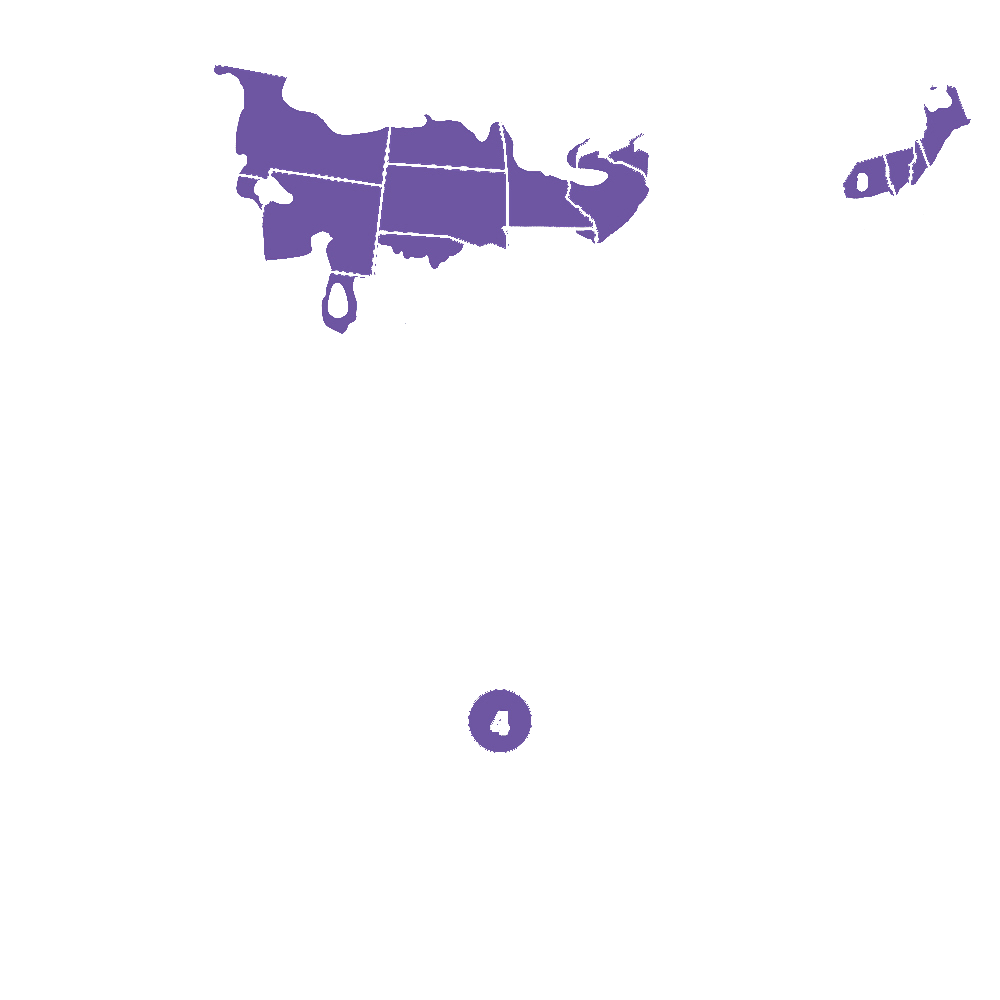
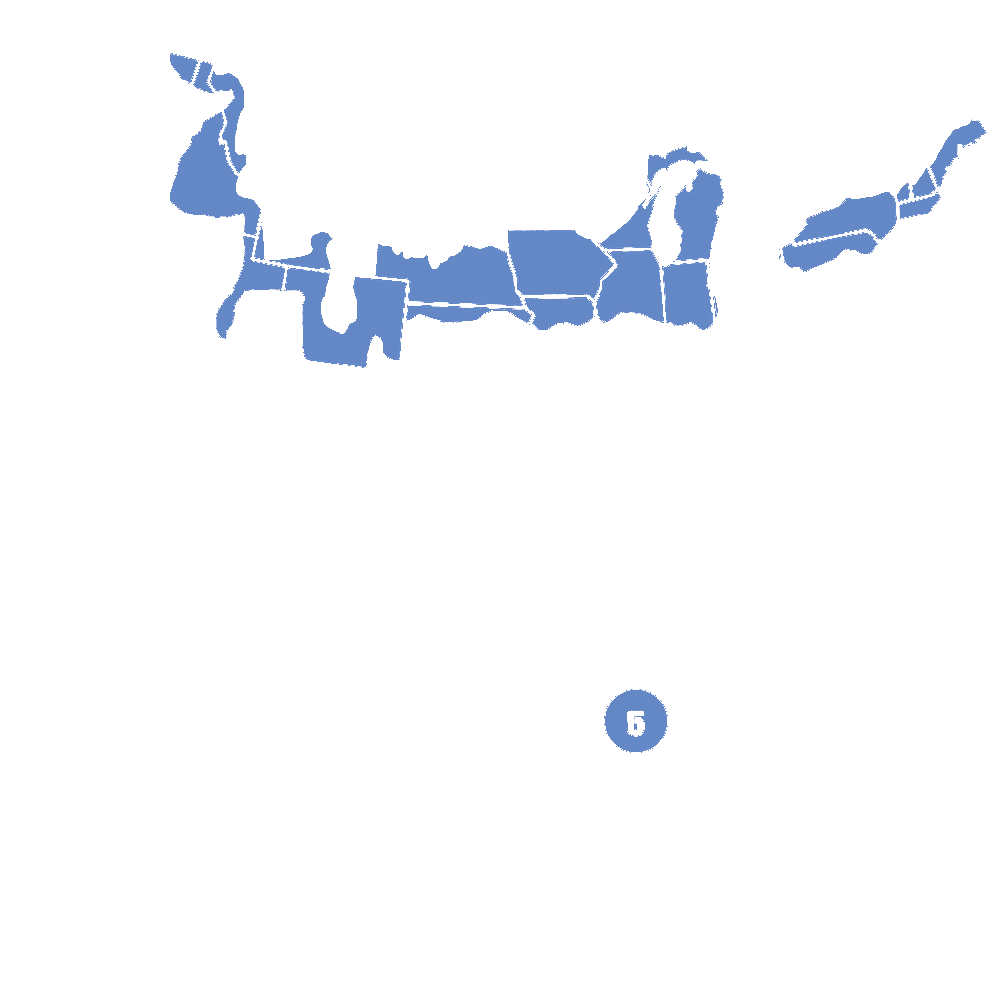
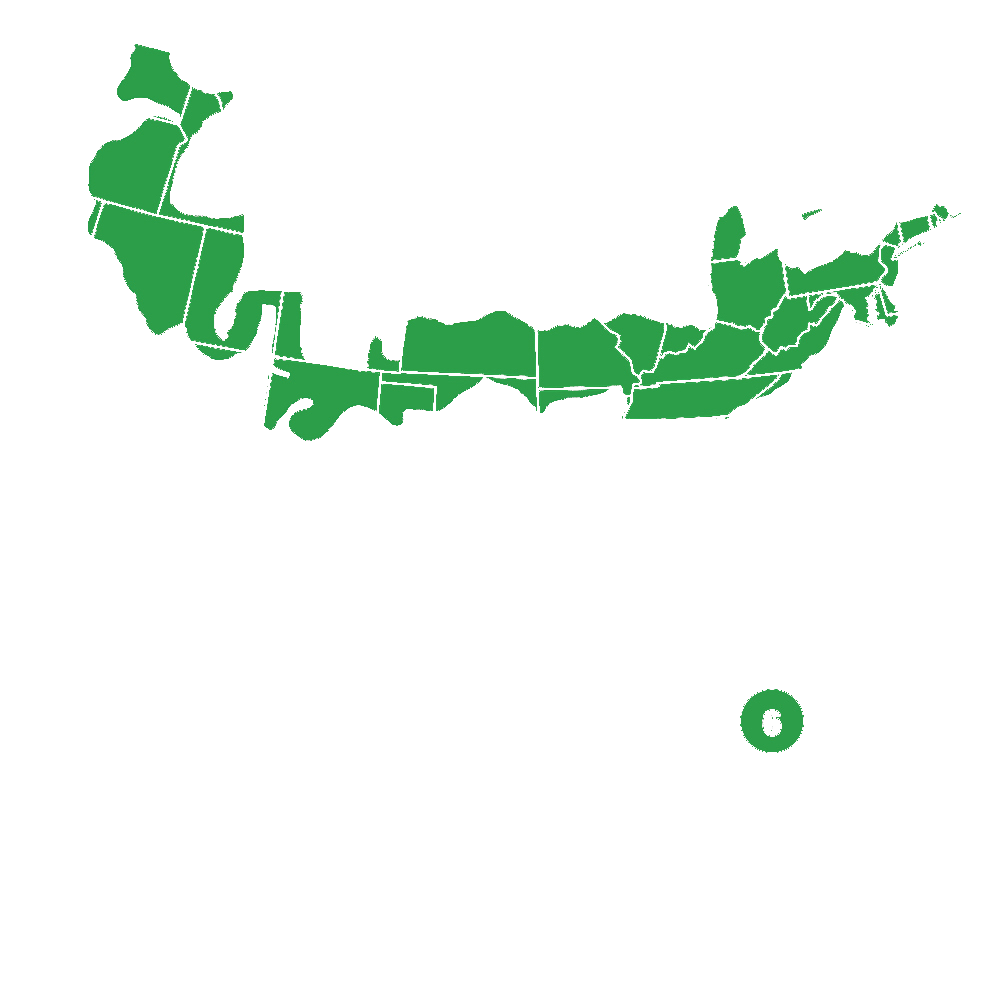
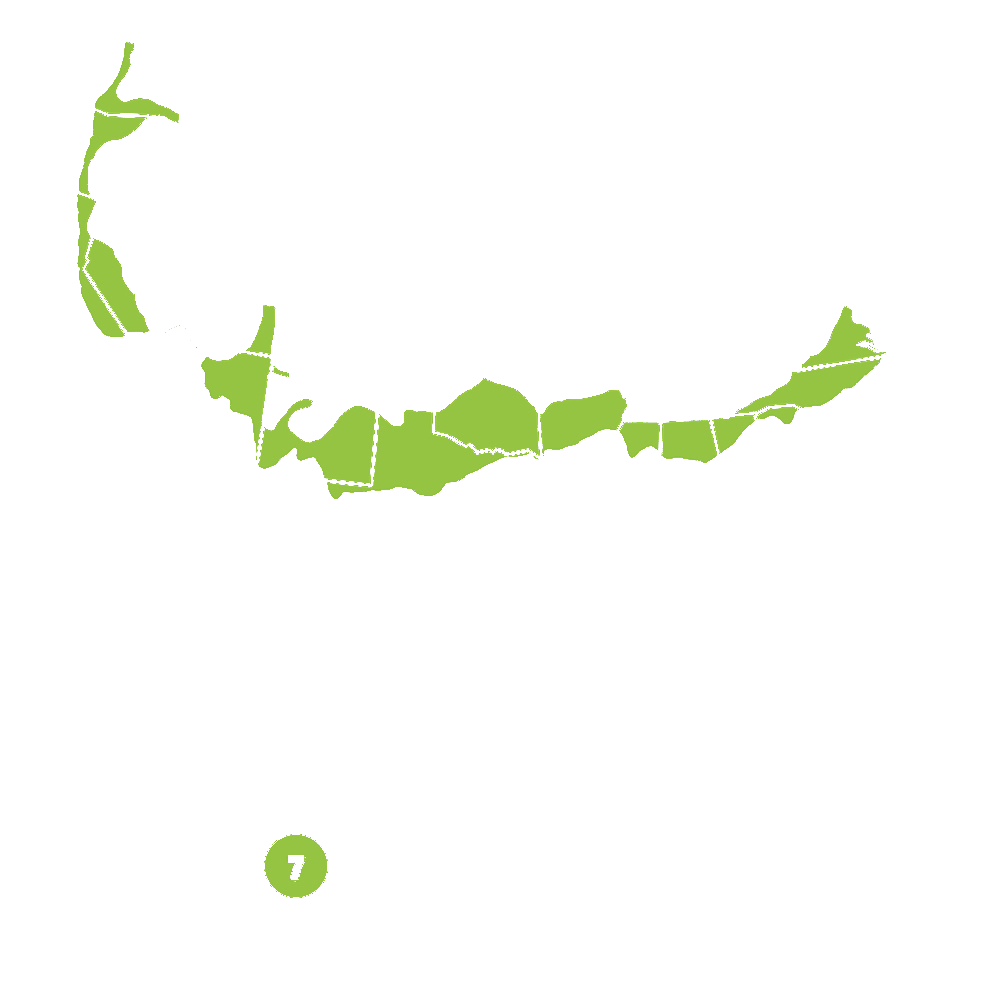
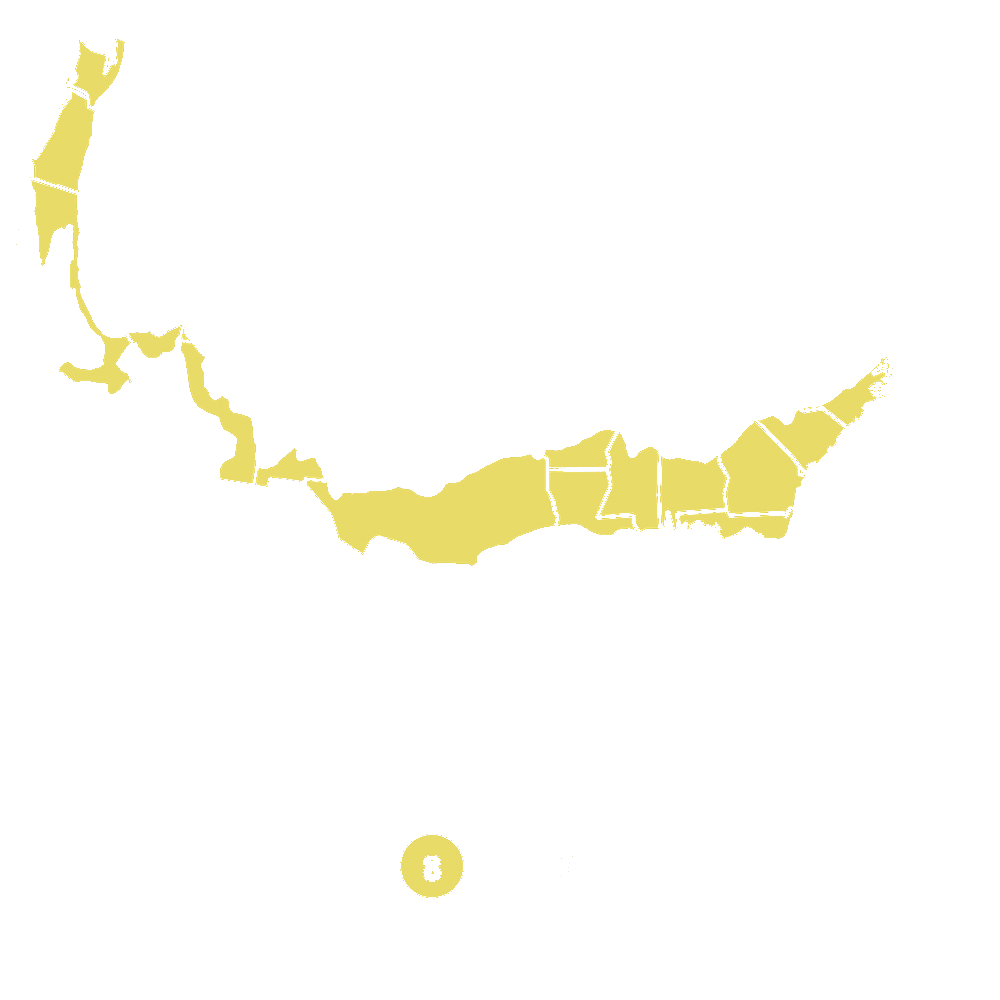
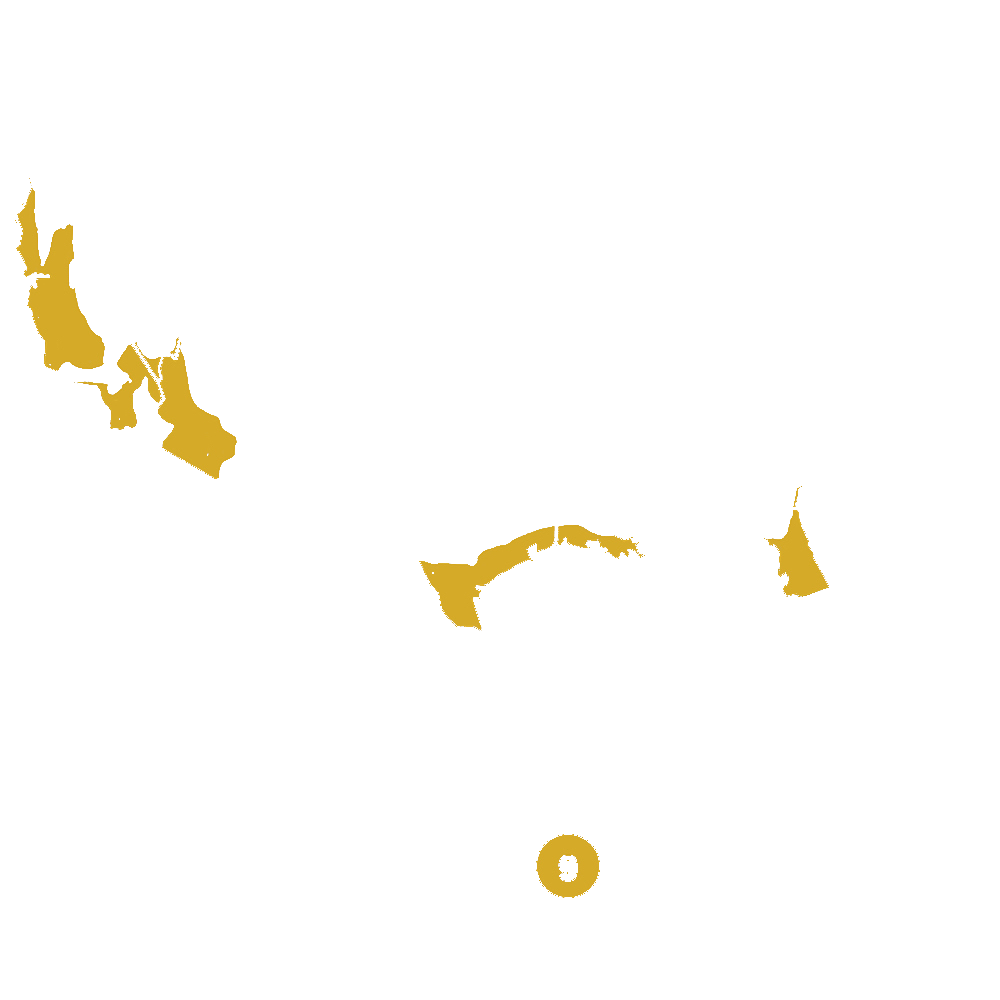
Pollination Info
Pollination Info for Cayenne Dogwood (Cornus amomum 'Cayenne')
Cayenne Dogwood, also known as Cornus amomum 'Cayenne', is a deciduous shrub native to North America. This plant produces small white flowers that bloom in the spring, attracting various pollinators to aid in the pollination process.
Pollinators:
The flowers of the Cayenne Dogwood are primarily pollinated by bees, including honeybees, bumblebees, and solitary bees. These pollinators are attracted to the nectar and pollen found in the flowers and play a vital role in transferring pollen from one flower to another.
Cross-Pollination:
Cayenne Dogwood plants are self-fertile, meaning they can produce viable seeds without needing another plant for cross-pollination. However, cross-pollination between different Cayenne Dogwood plants can increase genetic diversity and improve overall plant health and vigor.
Importance of Pollination:
Pollination is crucial for the reproduction and survival of Cayenne Dogwood plants. Without adequate pollination, the flowers may not develop into fruits, and seed production will be limited. Pollinators play a key role in maintaining healthy populations of Cayenne Dogwood and ensuring the continued success of this species in its natural habitat.
FAQ
Cayenne Dogwood (Cornus amomum 'Cayenne') FAQ
What is a Cayenne Dogwood?
The Cayenne Dogwood is a deciduous shrub that is part of the dogwood family. It is known for its stunning red stems and variegated leaves that turn a rich red in the fall.
How tall does a Cayenne Dogwood grow?
The Cayenne Dogwood typically grows to a height of 6-8 feet tall and 6-8 feet wide.
What are the growing requirements for a Cayenne Dogwood?
Cayenne Dogwoods prefer moist, well-drained soil and full sun to part shade. They are tolerant of a variety of soil types and are relatively low-maintenance.
When does the Cayenne Dogwood bloom?
The Cayenne Dogwood typically blooms in late spring to early summer, producing clusters of white flowers that attract butterflies and other pollinators.
How do I prune a Cayenne Dogwood?
Pruning is best done in late winter or early spring before new growth appears. Remove any dead or damaged branches, as well as any crossing or rubbing branches to maintain a healthy shape.
Is the Cayenne Dogwood susceptible to any diseases or pests?
Cayenne Dogwoods are generally resistant to diseases and pests, but they can be susceptible to powdery mildew in humid conditions. Proper air circulation and avoiding overhead watering can help prevent this issue.
Planting & Care
Planting and Care for Cayenne Dogwood
Planting: Cayenne Dogwood, also known as Cornus amomum 'Cayenne', prefers moist, well-drained soil and partial shade to full sun. Plant in the spring or fall for best results. Dig a hole twice the size of the root ball and mix in some compost before planting.
Watering: Keep the soil consistently moist, especially during the first year after planting. Water deeply, but avoid waterlogged soil. Mulch around the base of the plant to retain moisture.
Pruning: Prune Cayenne Dogwood in late winter or early spring to remove any dead or damaged branches. You can also shape the plant at this time, but be careful not to prune too heavily as it may affect flowering. Remove any suckers that sprout up from the base of the plant.
Fertilizing: Fertilize Cayenne Dogwood in early spring with a balanced fertilizer. Follow the instructions on the fertilizer label for the proper application rate.
Pests and Diseases: Cayenne Dogwood is relatively pest and disease-resistant, but keep an eye out for common issues such as powdery mildew or leaf spot. Treat with fungicides or insecticides as needed.
Propagation: Cayenne Dogwood can be propagated through division or by taking stem cuttings in the early summer. Plant cuttings in a mixture of perlite and peat moss, keep the soil moist, and place in a warm, sunny location until roots develop.
By following these planting and care tips, you can enjoy a beautiful and healthy Cayenne Dogwood in your garden.
Check Out These Verified Customer Reviews:
Customer Reviews
4.6 out of 5 based on 7 reviews
Thank you! Your review has been submitted.
Impressed with the craftsmanship, thank you!
Item exceeded expectations, very pleased.
I ordered a Cayenne Dogwood and it arrived promptly and in perfect condition. The item was exactly as described and the customer service was friendly and helpful.
Item has been added to your cart.

